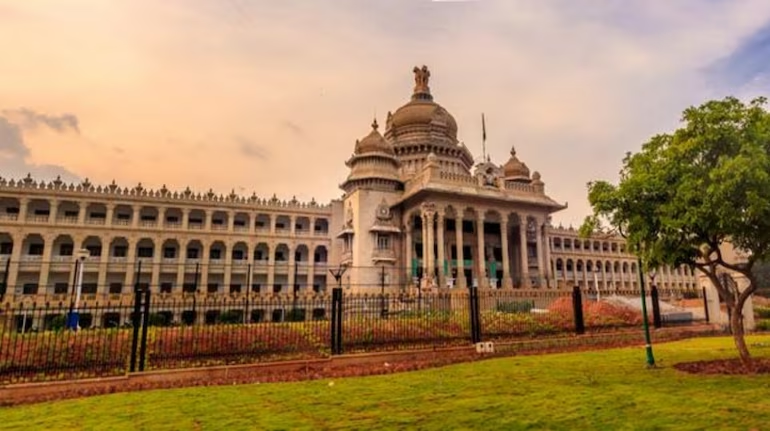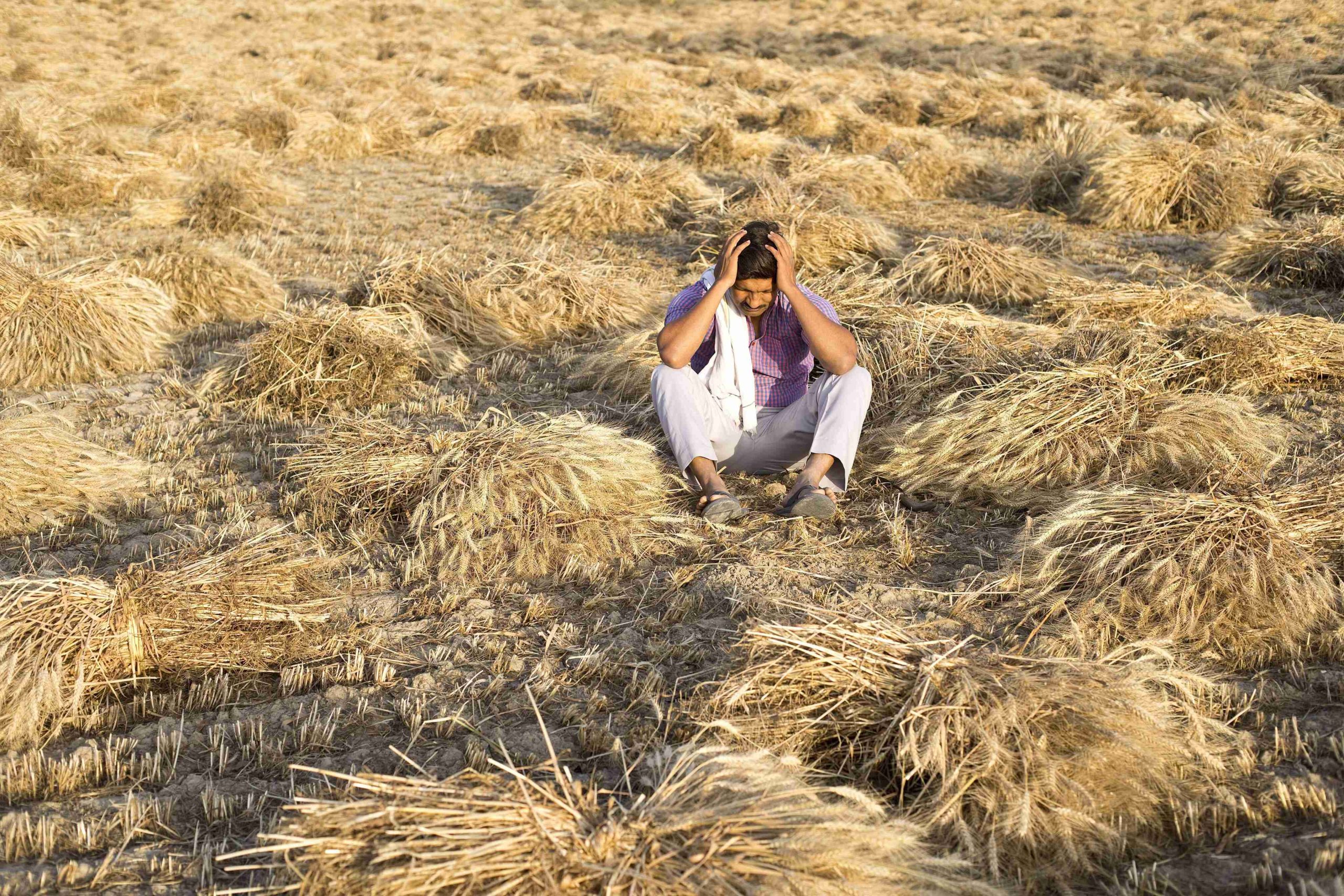- Courses
- GS Full Course 1 Year
- GS Full Course 2 Year
- GS Full Course 3 Year
- GS Full Course Till Selection
- MEP (Mains Enrichment Programme) Data, Facts
- Essay Target – 150+ Marks
- Online Program
- GS Recorded Course
- NCERT- First Ladder
- Polity
- Geography
- Economy
- Ancient, Medieval and Art & Culture AMAC
- Modern India, Post Independence & World History
- Environment
- Governance
- Science & Technology
- International Relations and Internal Security
- Disaster Management
- Ethics
- Current Affairs
- Indian Society and Social Issue
- CSAT
- 5 LAYERED ARJUNA Mentorship
- Public Administration Optional
- ABOUT US
- OUR TOPPERS
- TEST SERIES
- FREE STUDY MATERIAL
- VIDEOS
- CONTACT US
Dibrugarh announced as Assam’s Second Capital
Dibrugarh announced as Assam’s Second Capital

Recent Context
- In the recent Republic Day celebrations on 26th January 2025, the Chief Minister of Assam Himanta Biswa Sarma announced that Dibrugarh would be developed as the second capital of Assam.
- The current capital of Assam is Dispur which is a suburb of Guwahati.
- This was also the first time the Chief Minister unfurled the national flag in Dibrugarh.
- The CM highlighted that construction work for a permanent Assembly building in Dibrugarh would start on January 25, 2026.
- And a session of the Assembly would be held in Dibrugarh every year from 2027.
Dibrugarh
- Dibrugarh is a major city in eastern Assam situated along the Brahmaputra in upper Assam.
- Economy: It is a major producer of Tea and Oil.
- It is often called the "Tea City of India" because of its vast tea estates.
- It is also home to Duliajan oilfields operated by Oil India Limited.
- The Dibru-Saikhowa National Park is in Dibrugarh district and the adjoining district of Tinsukia.
- It was declared as India’s ninth biosphere reserve among the 18 existing biosphere reserves in 1997.
- It is famous for the rare white-winged wood duck.
- The park is also home to other rare creatures such as water buffalo, black-breasted parrotbill, tiger and capped langur.
What are the reasons for choosing Dibrugarh as the second capital?
- Administrative decentralization: It ensures that the administrative powers and responsibilities are distributed from Dispur in Guwahati to Dibrugarh.
- Power Centre: Upper Assam which includes Dibrugarh is seen as a power centre of Assam.
- It dates to the six hundred years of Ahom dynasty's rule in Assam. It is thus a heartland of “indigenous Assamese” culture and identity.
The Ahom Dynasty
- The Ahom kingdom (1228–1826) was a late medieval kingdom in the Brahmaputra Valley (present-day Assam).
- It was established by Sukaphaa, a Tai prince from Mong Mao (present-day Yunnan Province, China).
- It retained its independence for nearly 600 years despite encountering Mughal expansion in Northeast India.
With the defeat of the Burmese after the First Anglo-Burmese War and the Treaty of Yandabo in 1826, control of the kingdom passed into East India Company hands.
Upper Assam has often projected the CM face, such as the 15-year rule by Tarun Gogoi’s Congress or even the breakthrough for the BJP in 2016, when people chose Sarbananda Sonowal as their Chief Minister.
- Reaping political gains: Upper Assam is also home to different ethnic Assamese groups, including five – Ahom, Moran, Motok, Chutia, and the tea tribes – of the six which have long been demanding Scheduled Tribe (ST) status.
- For action against militancy: Dibrugarh and the adjoining district of Tinsukia have been the stronghold of the United Liberation Front of Asom (Independent).
- ULFA is a separatist militant organization seeking to establish an independent sovereign nation state of Assam for the indigenous Assamese people through an armed struggle.
- Dibrugarh and Tinsukia are among the four Assam districts where the controversial Armed Forces Special Powers Act (AFSPA), which gives the Armed Forces a free hand to curb insurgency, is still in force.
What is the background of Politics in Assam?
- The Brahmaputra Valley of Assam is divided into:
- ‘Ujoni’: Upper or eastern Assam
- ‘Namoni’: Lower or western Assam’.
- The Ujoni has been the power centre in the State since 1978 and has given Assam six Chief Ministers.
- The Ujoni has largely fuelled the BJP’s rise to power in the State. For instance, the former CM of Assam Sarbananda Sonowal who came to power in 2016 was from Dibrugarh.
- Much of its electoral performances since the 2014 Lok Sabha election have been attributed to the shift of the Adivasi or tea plantation workers, and other communities like Ahoms, Morans and Motoks, away from the Congress.
- These four communities are among six that have been promised status of Scheduled Tribes (ST).
- However, in the recent Lok Sabha elections,
- The loss of the Jorhat seat to Gaurav Gogoi, a Congress leader was a setback to the BJP.
- Jorhat is one of five Ujoni parliamentary seats. The others are Dibrugarh, Kaziranga, Lakhimpur, and Sonitpur.
- In Dibrugarh, Mr. Sonowal secured 54.27% of the votes polled, 10% less than his predecessor Rameswar Teli mustered in 2019.
- This has led to fears within the ruling party of losing power in Upper Assam in the upcoming Assembly elections of 2026.
- Thus, the recent decision of declaring Dibrugarh as the second capital is to ensure that political power is retained in Upper Assam.
- What are the other efforts regarding Dibrugarh?
- In 2024, Himanta Biswa Sarma opened a CM secretariat in Dibrugarh, the first outside the state capital.
- He also announced an urbanisation push in Dibrugarh, including the construction of an expressway to shorten travel time between the town and Guwahati.
- What are other proposed developments in Assam?
- Raj Bhavan in Tezpur and its development as the cultural capital of Assam.
- Secretariat and chief secretary's office in Silchar.
What are the provisions for creating a new capital?
- The capital of a state has been nowhere discussed in the Constitution.
- However, as per the Constitution in:
- Article 2: It gives the Parliament the power to establish or admit new states into the Union.
- Article 3: It gives the Parliament the power to create new states and change the boundaries, names, and areas of existing states.
- Article 4: It allows the Parliament to make laws that amend the First and Fourth Schedules.
- First Schedule: Lists the names and boundaries of India's states and union territories
- Fourth Schedule: Provides for the allocation of seats to various States and Union Territories with respect to Rajya Sabha.
- As per legal experts, based on the above provisions on the powers of the Parliament, only the Parliament can decide the capital of a state (including establishing a new one).
- In this regard, the Parliament would need to pass a legislation to establish a new capital city
Which are the other states in India with more than one capital?
|
STATE/UNION TERRITORY |
CAPITALS |
REASONS |
|
UT of Jammu and Kashmir |
Srinagar (Summer), Jammu (Winter) |
To avoid the harsh winters of Srinagar and administrative convenience. |
|
Maharashtra |
Mumbai, Nagpur (Winter) |
To ensure equitable regional development and administrative efficiency. |
|
Himachal Pradesh |
Shimla, Dharamshala (Winter) |
Winter extremes in Shimla, which faces heavy snowfall during winter, causing landslides. |
|
Uttarakhand |
Dehradun, Gairsain (Summer) |
To ensure inclusive governance and regional development. |
Other States which have proposed more than one capital
|
STATE |
CAPITALS |
REASONS |
|
Karnataka |
Bengaluru, Belagavi |
Because Belagavi and other parts of northern Karnataka were neglected in terms of development. |
|
Andhra Pradesh |
Visakhapatnam (Executive capital), Amaravati (Legislative), and Kurnool (Judicial) |
Decentralized development and administrative efficiency. |
|
Tamil Nadu |
Chennai, Madurai |
To reduce pressure on Chennai and promote industrial and economic growth in the southern districts of the state. |
What are the issues with multiple state capitals?
- High costs: This includes infrastructure costs for government offices, residences, and transport networks; and operational costs for administrative changes.
- Administrative: As additional logistics, administrative and communication channels will be necessary.
- Possible inconvenience to citizens: As they may have to travel between capitals for legal matters, business approvals etc.
- Political unrest: There can be protests and unrests, as seen in Andhra Pradesh where three capitals were proposed.
Conclusion
The idea of multiple capitals must thus be based on extensive evidence-based research, political consensus and administrative feasibility. Moreover, as decentralization is necessary for good governance, further strengthening of local governance (like municipal corporations and district administrations) can be a practical solution to start with.
|
Also Read |
|




